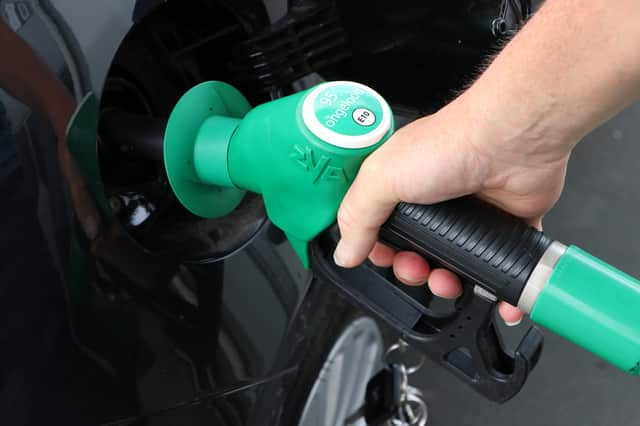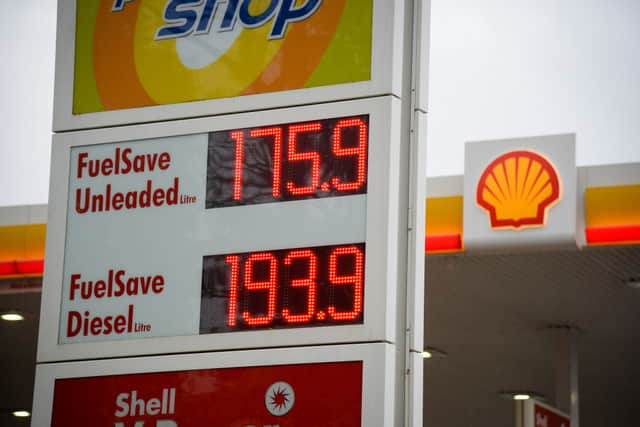E10 fuel: Switch to less efficient petrol contributes to £1.7bn hike in fuel costs since last year


Last year’s switch to E10 petrol has made the current cost of motoring crisis even worse, according to new research.
E10 became the standard unleaded petrol in September 2021 but its lower efficiency compared to the previous E5 fuel means drivers have been needed to fill up more often just as prices have rocketed.
Advertisement
Hide AdAdvertisement
Hide AdCombined with the record-level petrol prices, the lower efficiency of E10 petrol has contributed to an estimated £1.7 billion rise in collective running costs compared with last year.
The research by GoCompare Car Insurance estimates that, at current prices, the average driver can expect to pay around £300 per year more to fuel their car than in 2021.


According to its figures, in 2021, drivers travelling 8,000 miles (the national annual average) could have expected to pay around £866 for petrol. This year, based on fuel prices as of 24 March 2022, that has risen to £1,168 - a staggering increase of £302 per year.
The vast majority of that extra cost is down to the spiralling price of petrol and diesel at the pumps. The average cost per litre of petrol has risen from 123p at the start of March 2021 to 151p on 1 March 2022 and 163p at the end of March.
Advertisement
Hide AdAdvertisement
Hide AdHowever, the switch to E10 - done to help cut the UK’s CO2 emissions - has also added to the rise. Government estimates suggest that the fuel is 2.3% less efficient than E5 fuel, which was the previous standard unleaded.
Even if prices had stayed at March 2021’s levels, drivers would be paying an extra £22 on average purely because of the switch to E10 fuel.
However, the constantly rising price of petrol over recent months means that the impact is even greater, with the average driver paying an additional £30 simply due to the lower efficiency of E10.
Ryan Fulthorpe, motoring expert at GoCompare said: “Unfortunately, in the midst of a fuel crisis we are also realising the impact of the switch to E10 petrol on motorists’ pockets. Getting fewer miles per gallon means spending more to drive the same distance. Coupled with the climbing cost of fuel, this is a real blow to car owners.
Advertisement
Hide AdAdvertisement
Hide Ad“As a greener fuel, the shift to E10 is said to have the same impact as removing 350,000 cars from the road and will go a long way to support the UK bioethanol industry, which is sure to be a key future player in sustainable fuel. Yet, rather than subsidising and supporting this industry, the price has been pushed onto the consumer.”
E10 petrol is less polluting than E5 fuel thanks to its higher bioethanol content - up to 10%. This helps reduce the amount of CO2 produced when it burns but the higher bioethanol content also means it is less efficient, with the RAC reporting that the problem is more pronounced in small turbocharged engines, which are now common.
Along with rising fuel prices, drivers have been hit by an average £68 per year jump in insurance costs, according to the latest data, and car tax went up at the start of April, with drivers seeing increases of up to £120 on first-year rates for some cars.
Comment Guidelines
National World encourages reader discussion on our stories. User feedback, insights and back-and-forth exchanges add a rich layer of context to reporting. Please review our Community Guidelines before commenting.
